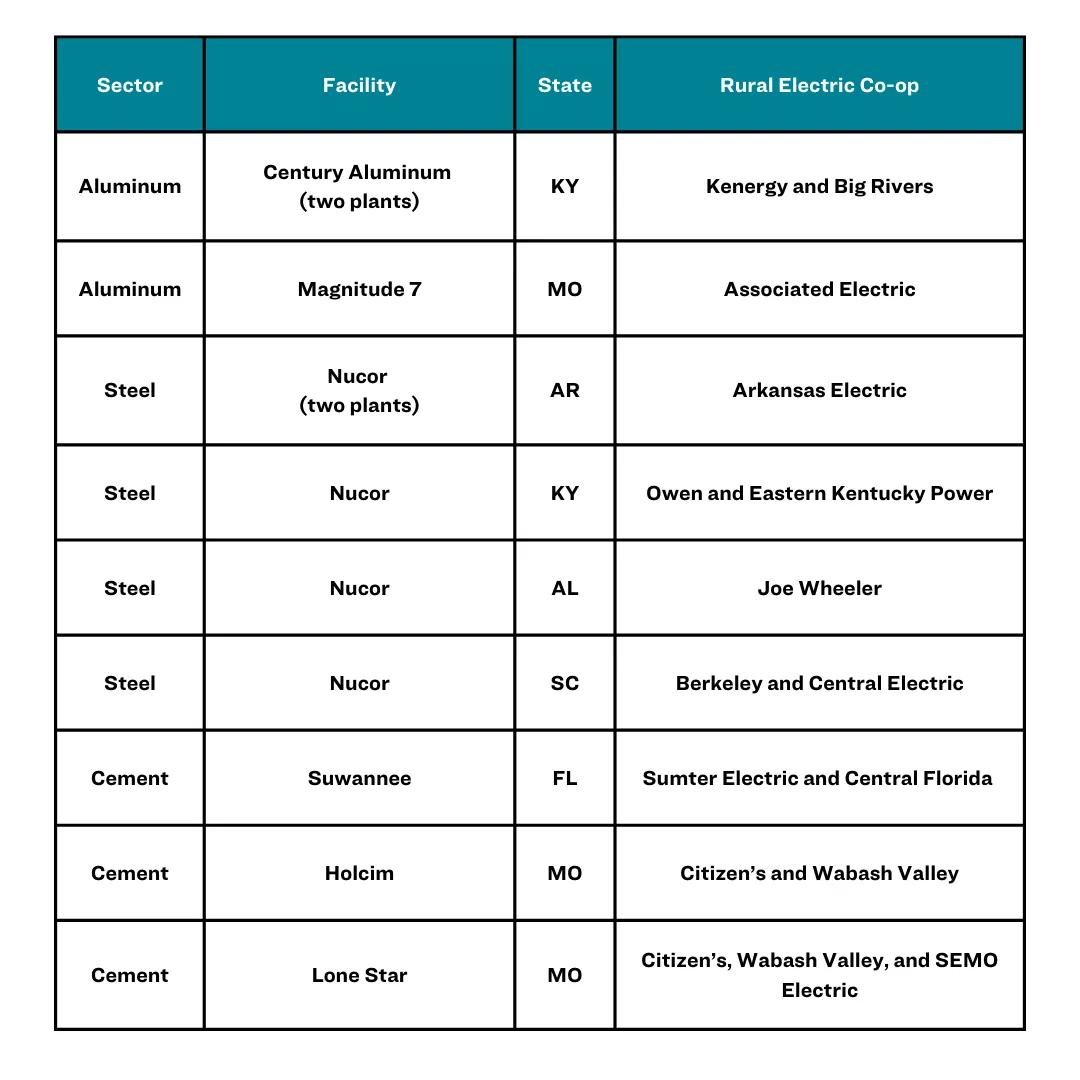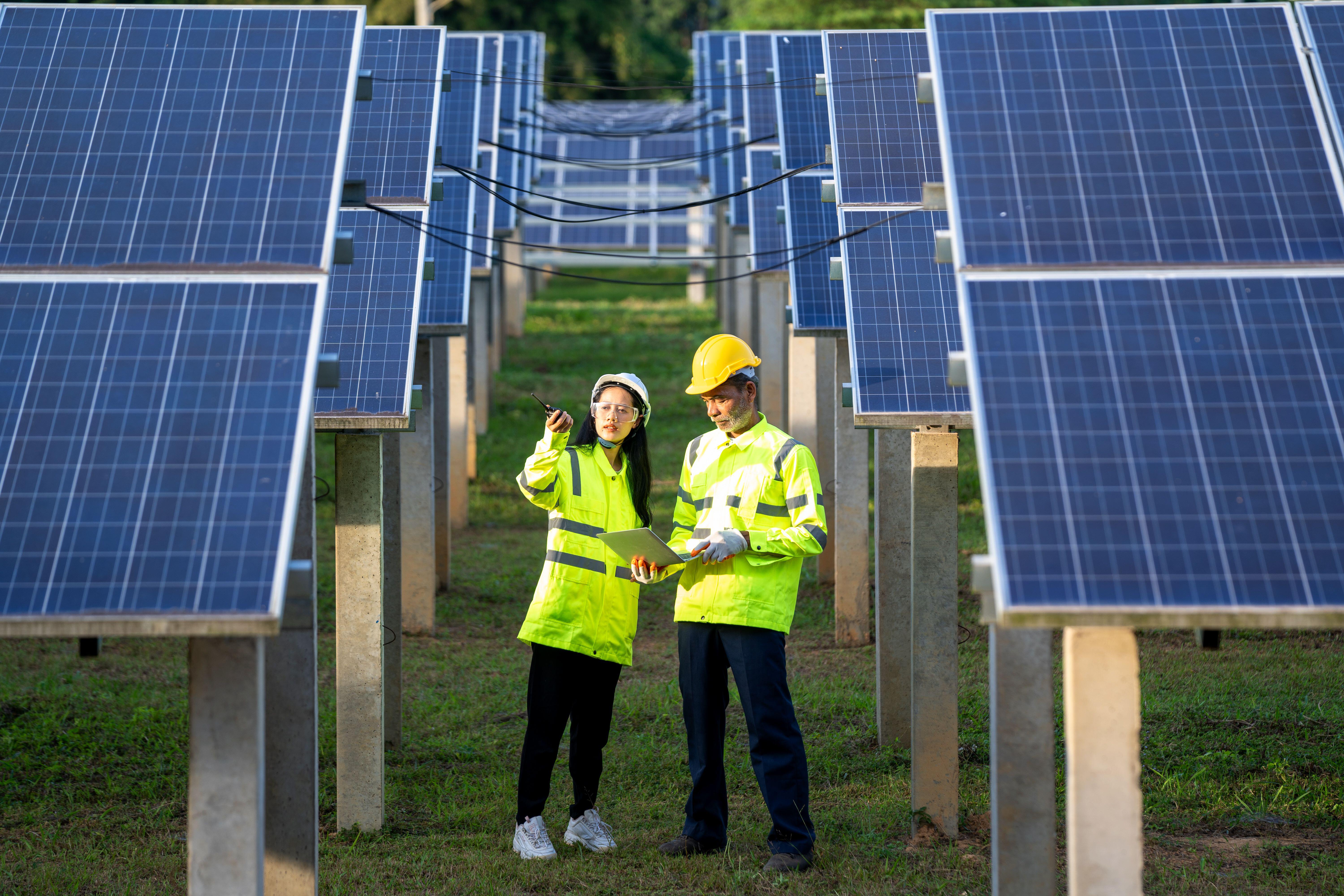In late 2022, U.S. Steel, a major steel manufacturer, announced a deal to build a new 250 megawatt solar farm nearby. The farm would be owned by Entergy Arkansas, the investor-owned utility that serves U.S. Steel. The deal was touted as not only a major economic development opportunity for the northwestern corner of the state, but one that would lower costs, increase resilience, and reduce emissions from U.S. Steel’s Osceola facility.
Just 30 miles north along the Mississippi River sit two other steel manufacturing facilities, owned by Nucor. But Nucor can’t access the same deal because it’s served by a rural electric cooperative supplier, Arkansas Electric Cooperative Corporation (AECC). As a not-for-profit cooperative, AECC couldn’t tap the same renewable tax credits as the investor-owned Entergy.
The rollout of Empowering Rural America (New ERA), a $9.7 billion program authorized under the Inflation Reduction Act (IRA) and announced last week by the U.S. Department of Agriculture (USDA), changes that picture dramatically for Nucor. If rural electric co-ops get this right, the interplay between New ERA and other incentives in both the IRA and the Bipartisan Infrastructure Law could spur billions of dollars of federal investments that benefit rural communities and manufacturers like Nucor. So far, this opportunity has mostly flown under the radar.
Manufacturing facilities in America are often among the largest employers in rural American communities. They produce critical materials, like aluminum and steel, that we need in large quantities for the growing clean energy economy. These facilities are sensitive to energy prices and are trade-exposed, meaning the commodities they produce can be undercut by foreign imports. The IRA can direct billions of dollars in public funding to lower the cost of energy and mitigate the extraordinary volatility of energy pricing for these manufacturers by supplying them with low-cost renewable electricity.
Rural electric cooperatives often serve areas with low population densities far from population centers. But some rural electric cooperatives sell most of their electricity to just one or two big industrial customers. In Arkansas, about 98% of the power sold by the Mississippi County Electric Cooperative goes to industrial customers: primarily, the Nucor facilities on the Mississippi River that make steel in big electric arc furnaces. The AECC, which sells power to the Mississippi County Electric Cooperative (MCEC), is eligible for enough USDA funding through the New ERA program to fully power both steel mills with renewable energy for less than what they currently pay for power. And in Missouri, the Magnitude 7 Metals aluminum plant, served by Associated Electric Cooperative, is the single largest electricity consumer in the state. These facilities, and many more, have the ability to dramatically lower the volatility and overall costs of their energy supply if their cooperatives tap into the New ERA program.
New ERA is authorized under the IRA to allow rural electric cooperatives to tap financial assistance for the purposes of building or acquiring clean energy and battery storage. The program is only open to rural cooperatives, and allows financial aid in the form of low cost loans, refinancing, or grants that cover up to 25% of project costs. That financing maxes out at $970 million for any given utility. The USDA, which will administer the program, is required to “achieve the greatest reduction in carbon dioxide” and other greenhouse gas emissions through the disbursement of funds. To achieve this outcome, the agency is administering the program as a competitive application process for utilities that can demonstrate that path to deep emissions cuts.
USDA expects to commit the entirety of the New ERA program in a single tranche, likely in 2023. The program was launched on May 16, 2023 and cooperative utilities have until August 31, 2023 to submit a pre-application, signaling their intent to drive deep emissions cuts through large-scale clean energy programs. The most ambitious utilities will be invited to submit full applications, likely before the end of 2023.
Of course, any rural electric cooperative can benefit from this new funding via USDA, not just those with large industrial customers. But it’s a competitive program, and co-ops with large industrial customers may benefit from scale. And there is a multiplier effect in using USDA funding to provide renewable electricity to large manufacturers: decarbonizing U.S. industrial production can help displace or offset the production of similar goods overseas, with higher carbon intensity, which is good for U.S. industry and the climate.
Based on publicly available data, these are some of the large manufacturers—and the rural electric cooperatives that supply them—that may benefit from USDA funding:

If you live near any of these facilities, or if you’re a customer of one of these rural electric co-ops, we want to hear from you. How could this investment bring about positive change for your community, and what impacts would you expect to see? Leave a comment and share your story here.
We need materials like cement, steel, and aluminum more than ever to rebuild our bridges and roads, to construct wind and solar projects, and to manufacture the electric vehicles and heat pumps that will undergird our future. This is a once-in-a-generation opportunity for these cooperatives to build cheap renewable energy, displace polluting fossil generation, position manufacturers to compete in the global economy, create jobs and lower costs for all customers.
